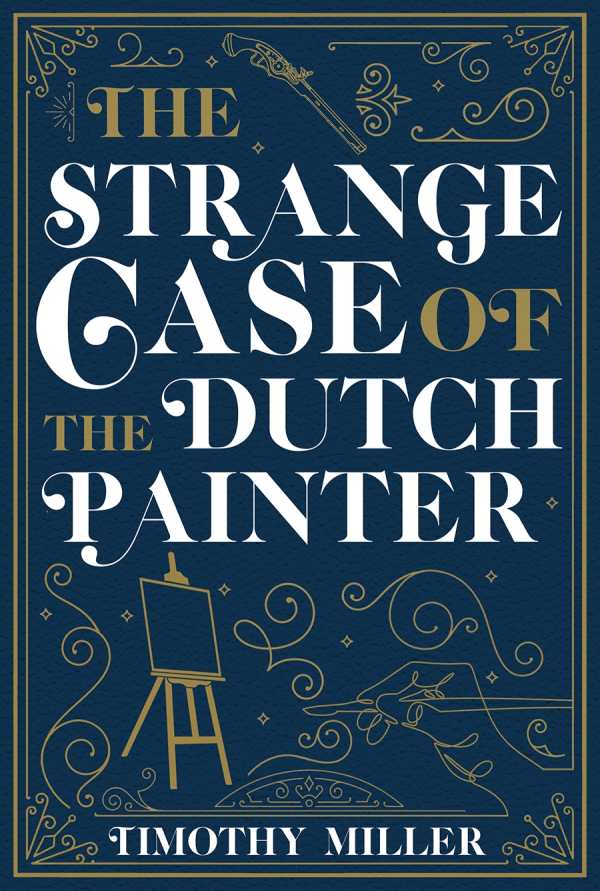The Strange Case of the Dutch Painter
After a long retirement and longer life, Sherlock Holmes is dead. Watson inherits his private papers, and a posthumous sorting yields an unexpected treasure: an unpublished manuscript detailing a case in France. Watson, who did not participate in the case, begins to read.
Styled as a latter-day continuation of Sir Arthur Conan Doyle’s original stories, Timothy Miller’s novel encompasses famous painters and shady art world figures as Holmes attempts to track down a ring of forgers and solve Vincent van Gogh’s suspicious death.
Holmes, masquerading as Monsieur Vernet, travels with a continental art historian called Ivan. They are tasked with finding several Old Masters paintings after the Louvre discovers that the ones they’ve been displaying are fakes. The task leads from Parisian art galleries to van Gogh’s deathbed, where suicide more closely resembles murder.
With a compelling central mystery, the novel makes excellent use of familiar historical figures to evoke a complex social world. In addition to its overarching case, the book makes moves to address the “locked-room mystery” of Holmes as a person.
While the framework of a new narrator, pseudonyms, and deep masquerade creates space for improvisation, it’s a double-edged sword that invites comparison to Sir Arthur Conan Doyle’s iconic duo. Watson’s appearances in prologue and epilogue are pitch-perfect; his stand-in on this case—fusty, grumpy Ivan—suffers by contrast. Without a long-standing personal relationship to Holmes, Ivan is constantly puzzled, affronted, and put out by the demands of his new partner. He also narrates, so that his perspective on Holmes is all that’s available.
A different approach to the enigma of Sherlock Holmes and the enduring fascination with Sir Arthur Conan Doyle’s stories, The Strange Case of the Dutch Painter adds one more case to the files and another layer to Holmes’s personal mythology.
Reviewed by
Letitia Montgomery-Rodgers
Disclosure: This article is not an endorsement, but a review. The publisher of this book provided free copies of the book to have their book reviewed by a professional reviewer. No fee was paid by the publisher for this review. Foreword Reviews only recommends books that we love. Foreword Magazine, Inc. is disclosing this in accordance with the Federal Trade Commission’s 16 CFR, Part 255.

